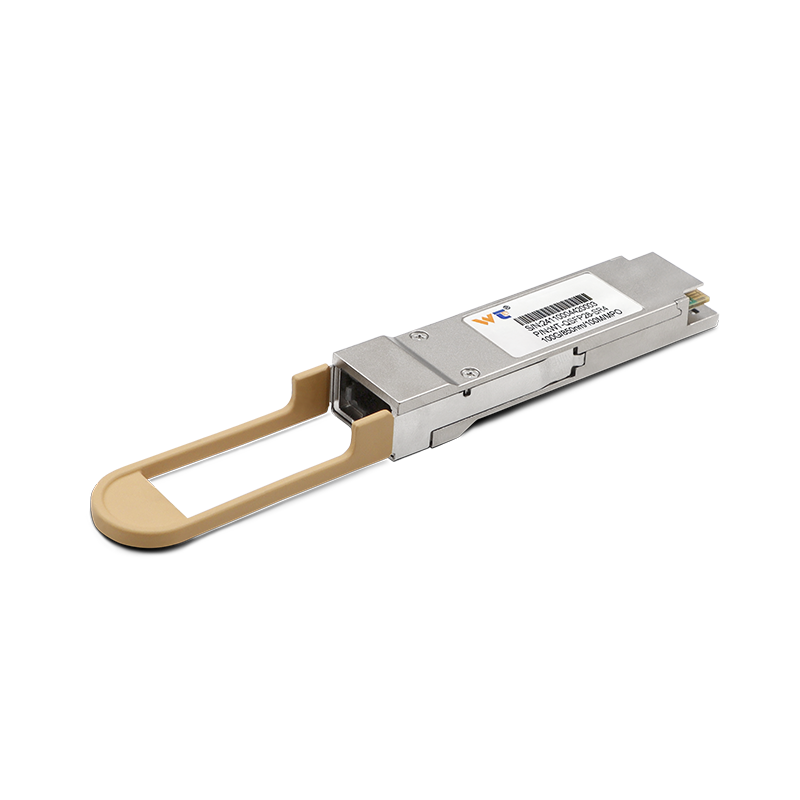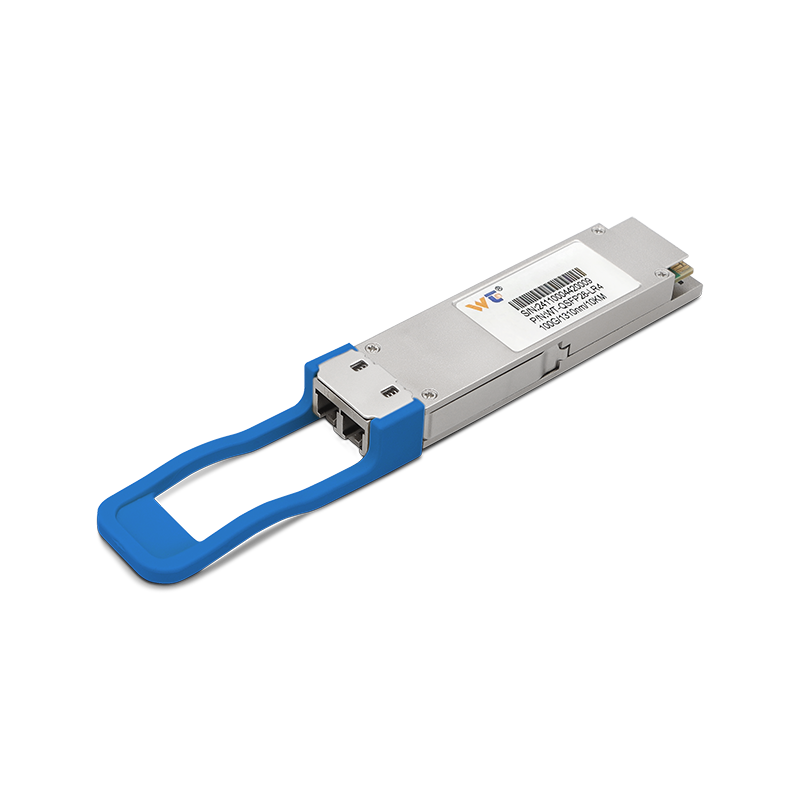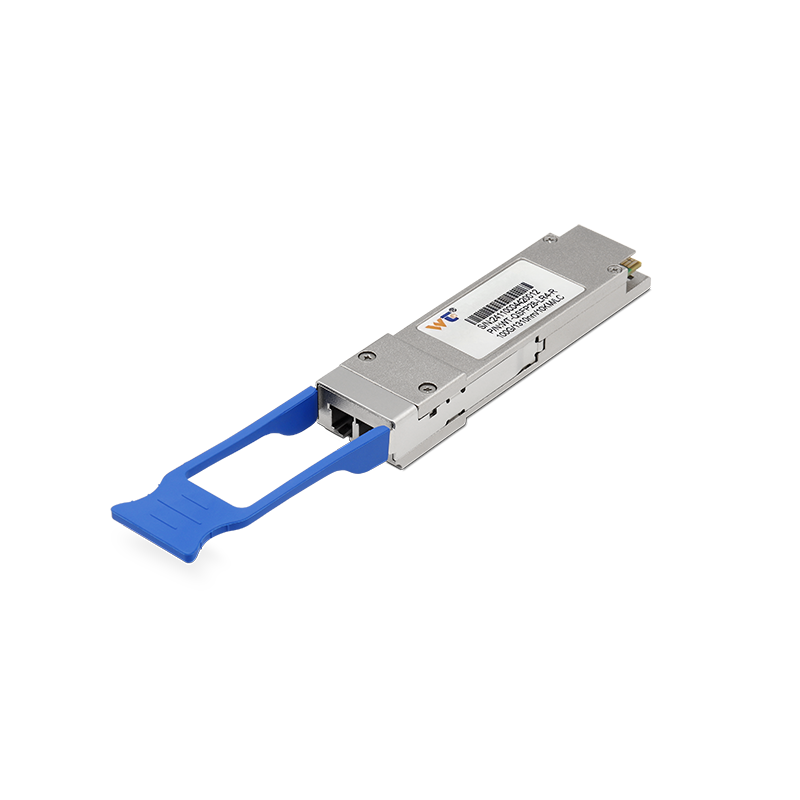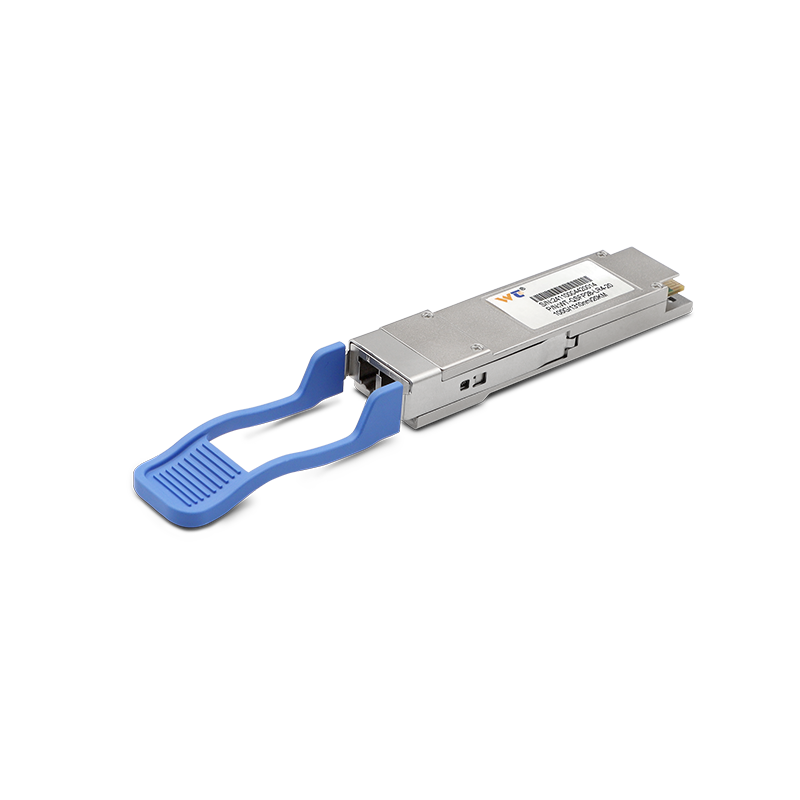In our fast-paced, connected world, getting a grip on how to use network switches effectively is something anyone diving into networking should prioritize. Whether you're just a curious passerby or an eager apprentice looking to break into the engineering field, you might be scratching your head about the best ways to link switches. But fret not! This guide is here to lay out the straightforward methods for connecting switches, serving up practical tips that will make your networking journey smoother. Follow this easy walkthrough, and you’ll not only get the hang of the basics but also gain confidence in optimizing your network setup.
First off, connecting switches involves a couple of important steps that you need to think through. The first order of business is figuring out which network topology fits your needs—are you going with a star, bus, or ring configuration? Your choice here can really influence how well your network performs. Once that's sorted, it's time to pick the right type of cables—most likely, Ethernet cables—which should be up to snuff with standards like CAT5e, CAT6, or CAT6a depending on how fast and far you need your signals to travel. Understanding the different switch types is also key; managed switches give you more control over the data traffic, while unmanaged switches are simpler to set up but offer less flexibility. Keeping this information in mind will empower you to make sound decisions regarding your devices.
After nailing down your topology and cables, you should turn your attention to managing those switches like a pro. Each switch comes with a number of ports to connect various devices, from computers to servers to other switches. Now you're ready for the fun bit: physically connecting everything! Plug one end of the Ethernet cable into a port on the first switch and connect the other end to a port on the second switch. Don’t forget to jot down your setup for future reference! Then, fire up the switches and check their settings to ensure they align with what your network requires.
At the heart of switch connectivity is understanding how data flows and making sure you're minimizing packet loss while transmitting. Switches operate using MAC addresses, which direct data traffic efficiently. But connecting switches isn't just about plugging devices together; it’s all about facilitating smooth communication across your network. If you're feeling adventurous, integrating concepts like VLANs (Virtual Local Area Networks) can help you manage switch resources better and improve your overall traffic flow.
So, to connect switches, here’s a condensed set of steps you can follow:
- Pick Your Switch Type: Decide if managed or unmanaged switches suit your needs.
- Choose the Right Cables: Use Ethernet cables that meet your speed and distance needs.
- Map Out Your Network Topology: Whether it’s star, bus, or ring, plan your network layout wisely.
- Make Physical Connections: Link your switches with those Ethernet cables—double-check those connections!
- Turn On the Switches: Get both devices powered up and ready.
- Adjust Network Settings: Dive into the switch’s management interface to configure settings like IP addresses and VLANs.
- Verify Connectivity: Run ping tests or similar tools to ensure everything’s communicating properly.
If you're keen on going deeper into networking, why not try out advanced setups like VLAN tagging or embracing spanning tree protocols to enhance fault tolerance? Could your network setup handle a surge in traffic without a hitch? As you look to the future, exploring software-defined networking (SDN) could take your switch management to new heights.
By mixing in managed switches along with VLANs, your network can achieve top-notch performance, even when juggling several segments at once. It's common for questions to pop up like: How many switches can I daisy-chain together? What’s the ideal distance for linking switches?
Putting these techniques into practice is crucial as they help bridge your theoretical knowledge with real-world experiences. Setting up a network at home or experimenting in a controlled environment will give you those invaluable lessons. Hands-on practice will not only sharpen your skills but also prepare you for tackling more complex networking challenges as they come your way.
To wrap it up, connecting switches might feel overwhelming at first glance, but divide it into bite-sized steps and you’ll find the essentials of networking are well within your reach. The techniques we've covered can help you create solid, efficient connections that underpin just about every modern network out there. This is the starting point for your networking adventure; grasp these principles and dive into the electrifying world of interconnected devices. The drive for practice, exploration, and learning is the cornerstone of success. By actively engaging with these concepts, you're setting yourself up for a thriving career in the exciting realm of networking technology.






